E
R
I
C
R
U
S
C
H
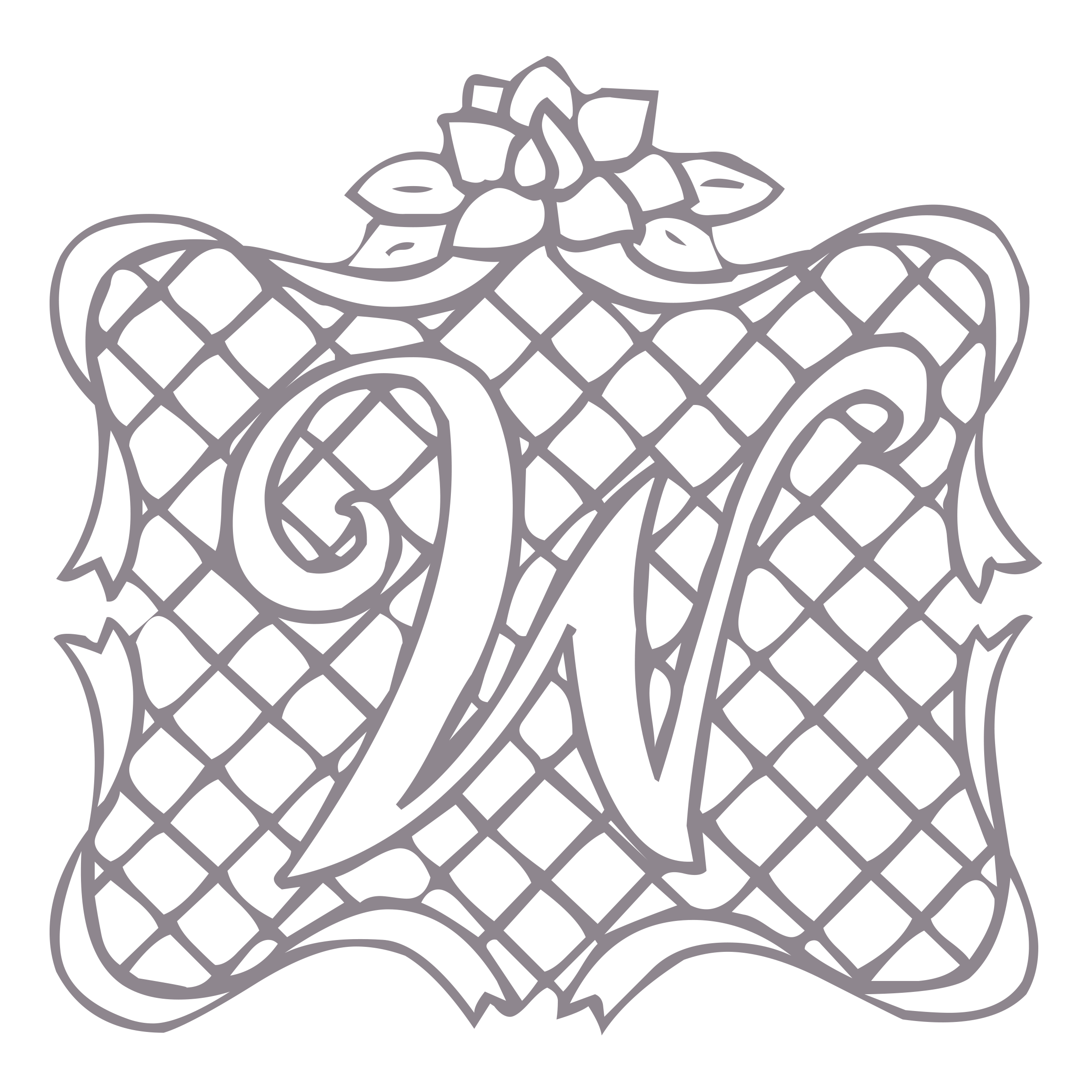
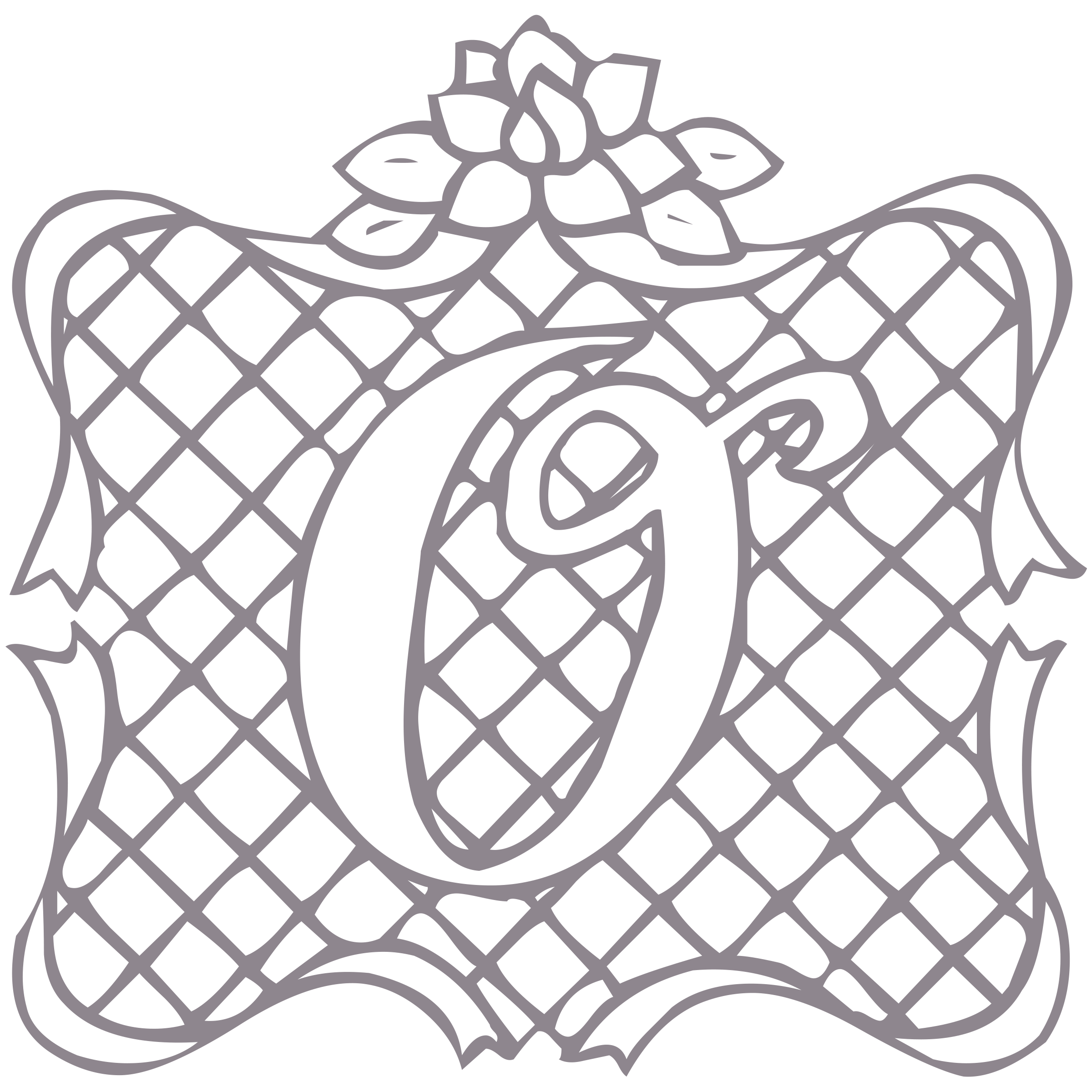
M
A
N
E
R
I
C
R
U
S
C
H


M
A
N
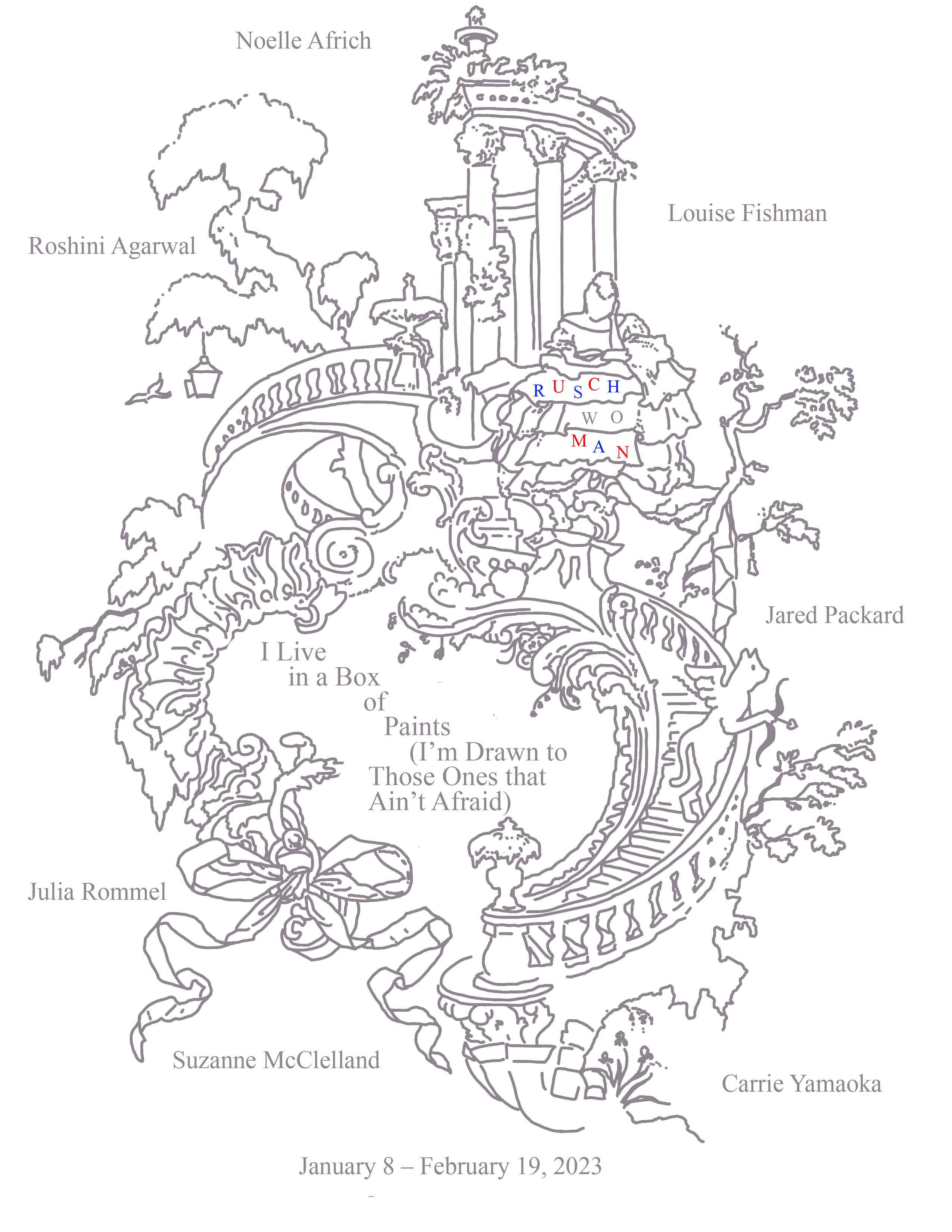
I Live in a Box of Paints
(I'm Drawn to Those Ones that Ain't Afraid)
Noelle Africh | Roshini Agarwal | Louise Fishman
Suzanne McClelland | Jared Packard | Julia Rommel | Carrie Yamaoka
RUSCHWOMAN
2100 S. Marshall Blvd., Suite 105
Chicago, IL 60623
January 8 — February 19, 2023
Opening reception: Sunday, January 8, 3–6PM
Following the opening, gallery hours are available by appointment only.
Please contact thewaves@ruschwoman.blue to make arrangements
to visit RUSCHWOMAN during the run of the exhibition.
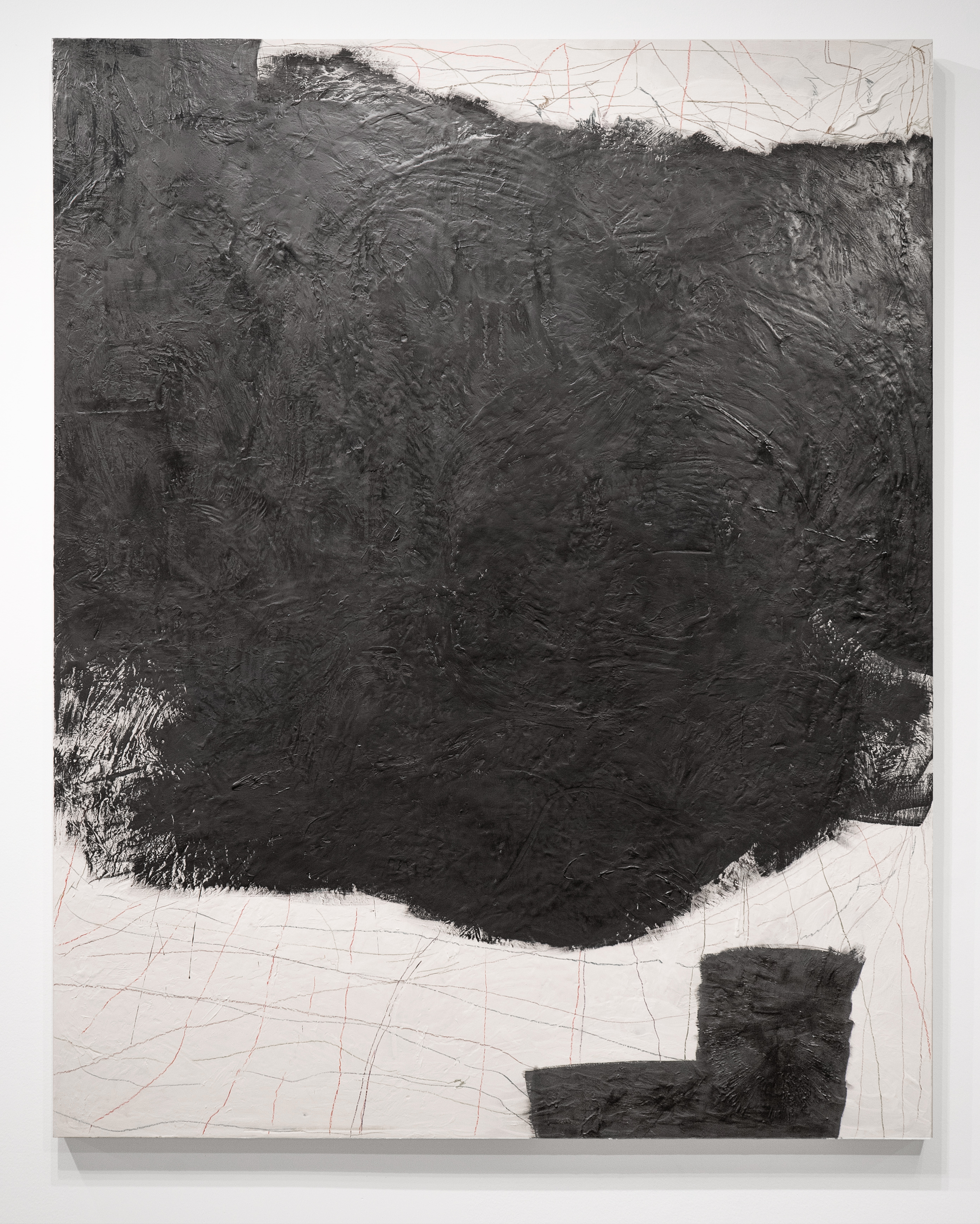 Noelle Africh, Gyre, 2022.
Noelle Africh, Gyre, 2022.
Wall spackle, graphite, and colored pencil on panel; 60h x 48w in.
Photographed by Mikey Mosher.
“…I need another world/
this one’s nearly gone/
Still have too many dreams/
never seen the light/
I need another world/
A place that I can go….”
–Anhoni. “Another World.”
Antony and the Johnsons. The Crying Light.
Secretly Canadian: 2008.
“I would call them manic mourners. Their return to painting, as though it were an appropriate medium
for what they want to address, as though the age of the simulacral could be represented, comes from
the feeling that since the end has come, since it’s all over, we can rejoice at the killing of the
dead. That is, we can forget that the end has to be endlessly worked through, and start all over again.”
–Yves Alain-Bois. “Painting: The Task of Mourning.”
Painting as Model. Cambridge: MIT Press, 1990. Print, p. 243.
“I try to take the painting by surprise… It’s hard to paint, and it can be impossible if you don’t
recognize your own trickery. Handling your unconscious with firm but caring hands, fully conscious
about your work process, is absolutely necessary.”
–Louise Fishman. “How I Do It: Cautionary Advice from a Lesbian Painter.”
Heresies #3: Lesbian Art and Artists. Vol. 1 No. 3, Fall 1977. Print, p. 74–75.
It is difficult to attempt imaging what lies beyond thresholds of catastrophe. What is visible in the
aftermath of death, in the hours then years that follow upon a death? Joan Didion described her ‘Magical
Thinking,’ loosened from time, ice skating backwards along jittering graphite lines made just before the
event. Mirrors spark a similar uncertainty: what is affixed by a camera remains liquid, moving, hunting
in the periphery through a Looking Glass or some shiny enough substitute. Elsewhere Joni Mitchell
personifies this nascent view in a woman she met, one full of resemblances who did not shirk the intensity
of the moment: ‘Be prepared to bleed.’
Image. Visibility/vision. Looking. View. Resemblance. It’s as if uttering these sounds that correspond to
the dazzling problem of sight calls out to reprobate chroniclers, those very queer constructions whose
eyes and hands aren’t precisely mirrors, but their purpose is to show you what they’ve been shown.
Painters.
It’s with great admiration and devotion that RUSCHWOMAN places these paintings and painting-adjacent
projects into public view. This is a group of risk takers spanning generations. Women who have kissed
and who have loved women. Identities that have undergone as extensive of deconstructions as their
paintings have. They’ve flown across oceans, drinking in the powerful liquidity that is a fact of our
environ.
What is the starting place for articulating anew the visible codes by which a social landscape might be
organized in the aftermath of, say, years of destructive national leadership or of war or of natural
disasters so elemental and totalizing that even the most foundational conceits of a prior visual culture
have been utterly disoriented?
In the fallout following a loss of trust, what is perceivable and how are those perceptions recorded or
relayed into stable communiques?
How does the world appear, phenomenologically, when more than 6,670,000 of its human inhabitants have
died from COVID-19 in the past three years? And how do artists see ourselves in light of more than forty
million HIV related deaths since the early days of the epidemic? What advances forward into recognition
as the rest disappears?
This isn’t about optics in the sense of rhetoric—fuck the spin and keep on riding. And yet, this project
is fervently optical, desperate to trace the drama from surface registration and light beams to blinking
through tears. On view is a series of resultant objects that attempt to convey looking, seeing, and some
doubt-filled earth-shaken apprehension of a view of another world for which we are in dire need. Perhaps
limping, perhaps lunging, a group of painters have attempted to give form to a process ongoing, one that
does not stay still the way most of the paintings appear to but risk charging their leavings with the
testimony of what things could look like beyond this point. Glistening sirens announce swamps ahead;
wade in, shall we?
I need [to see] another world.
[I’m] nearly gone.
_____________________________________________________
ARTIST BIOS
Noelle Africh (b. Chicago, IL) is a
painter and educator living and working in Chicago. Their materially diverse practice places heavy
emphasis on the process of making. Their investigations with material transformation and entropy are
motivated by their interest in the aesthetics of repair and the politics of perception. Africh’s practice
creates space for doubt, play, failure, ambiguity and contradiction. Africh received their MFA from the
School of the Art Institute of Chicago (2022). They hold a Bachelor of Science degree in Mathematics and
Actuarial Science from the University of Illinois in Urbana-Champaign (2015). Their work has been
exhibited at Galerie Gisela Clement (Bonn, Germany), Hyde Park Art Center (Chicago, IL), The Plan
(Chicago, IL), The Green Gallery - West (Milwaukee, WI), Patient Info (Chicago, IL), and the University
of Illinois at Urbana-Champaign.
Roshini Agarwal (b. Pune, India) is a
painter currently based in Chicago, IL. She earned her BFA from the School of the Art Institute of
Chicago in 2022. She has shown work with Siblings Collective in Chicago and Irving Art Centre in Irving,
TX. Her interest lies in pattern and geometry as tools of visual perception and its relationship to
colour.
Louise Fishman (b. 1939,
Philadelphia, PA; d. 2021, New York, NY) used scrapers, trowels, and traditional brushes to apply and
remove dense layers of paint in loose, gestural scores across the canvas. This subtractive method of
mark-making celebrates process and rejects the masculinist impulses of abstract expressionism. Rather,
Fishman’s meticulous and energetic work often evokes the rigid, interlocking form of the grid. Her
training as a sculptor was visible in the physicality of her paint, which was vigorously applied,
indexing her movement about the canvas. “If good painting is what you want to do, then good painting
is what you must look at,” the artist wrote in 1977. “Take what you want and leave the dreck.” Gilles
Heno-Coe elaborates on this sentiment in Fishman’s work: “For Fishman, this meant taking the relevant
bits from Paul Cézanne or Willem de Kooning, as much as from Agnes Martin or Eva Hesse. The pursuit of
individual freedom and personal expression was and remains her primary motivation as an artist.” Fishman
recently held solo exhibitions at Karma, New York (2022); Krannert Art Museum, Illinois (2021-22);
Vielmetter, Los Angeles (2021); Karma, New York (2020); Vielmetter, Los Angeles (2019), Locks Gallery,
Philadelphia (2019), Cheim & Read, New York (2017), and Goya Contemporary, Baltimore (2013); and
retrospective exhibitions at the Institute of Contemporary Art, Philadelphia (2016), and the Neuberger
Museum of Art, Purchase (2016). Her work is represented in the collections of the Metropolitan Museum
of Art, New York, New York; Jewish Museum, New York, New York; National Museum of Women in the Arts,
Washington, D.C.; Chrysler Museum of Art, Norfolk, Virginia; Carnegie Museum of Art, Pittsburgh,
Pennsylvania; Chicago Art Institute, Chicago, Illinois; and the High Museum of Art, Atlanta, Georgia,
among others.
Suzanne McClelland has exhibited
extensively in the United States and abroad since the early 1990s. Her practice includes large-scale
paintings, works on paper, and books. These often extract fragments of speech or text from various
political or cultural sources, explore the social, symbolic and material possibilities that reside
within language, and celebrate the physicality of speech and sound. McClelland parses such issues as
the limitations and malleability of communication, the impact technology has on interpreting information,
and the mechanics of translation. Her works are infused with social commentary, underscoring the way in
which language itself is gendered and politicized by its context. McClelland has participated in the
1993 and 2014 Whitney Biennials and has been the subject of solo presentations at The Aldrich Museum of
Contemporary Art, curated by Amy Smith-Stewart; The University of Virginia Museum of Art, curated by
Jennifer Farrell; and The Whitney Museum of American Art, Philip Morris branch, curated by Thelma Golden.
Her paintings are held in numerous public collections, including The Museum of Modern Art, The
Metropolitan Museum of Art, The Brooklyn Museum, The Yale University Art Gallery, The Albright-Knox
Gallery, and The Walker Art Center. Awards and residencies include Guggenheim Fellowship in 2019, PS1/
Clocktower, Nancy Graves Foundation Grant, American Academy of Arts and Letters, Berg Contemporary
invitational Residency in Stykkisholmur, Iceland, Skowhegan School of Painting and Sculpture, Anonymous
Was A Woman Award, Lab Grant Residency with Dieu Donne Papermill and a Visiting Artist with Urban Glass
and Troedsson Villa, Nikko Japan. Recent publications include monograph “Suzanne McClelland: 36-24-36”
with an essay contribution by Thierry de Duve, published by team (gallery, inc.) in 2016 and distributed
by D.A.P.
Jared Packard (b. 1989, Washington,
D.C.) is an artist and curator based in Omaha, NE where he works as the Exhibition Manager at the Bemis
Center for Contemporary Art. Packard completed his BA at Clark University and his MFA at School of the
Art Institute of Chicago. Recently he has curated Opulence: Performative Wealth and the Failed American
Dream, Bemis Center; Ditch Seed, Generator Space, Omaha; and the NEA-funded unLOCK: Merging Art and
Industry, Lockport, IL. Solo exhibitions of his work have been exhibited at Project Project, Omaha, NE;
MdW Fair, Chicago, IL; ADDS DONNA, Chicago, IL. His next major solo project will open at the Salina Art
Center, KS in April of 2023.
Julia Rommel
(b. 1980, Salisbury, Maryland) is an American painter with a strong interest in the art historical
canon. Keenly aware of the precedents set by Abstract Expressionists as well as European Masters such
as Matisse, her paintings are manifestations of a process of construction and deconstruction that
eventuates in an abstract work that not only has a sense of the history of its own making but is also
loosely associative in its reference to landscape. In her paintings, Rommel is less interested in
signature brush strokes than in what she describes as using tools “to keep my signature away”. Her
paintings act equally as research into color. While they are not attempts at color harmonies, the artist
is interested in the conflict between colors and of using tones to eliminate one another. Rommel’s work
acts between painting and relief, insisting on the objectiveness of the work. Her international exhibition
record includes the Milwaukee Art Museum, Jack Hanley Gallery, the FLAG Art Foundation, Lisson Gallery.
Greene Naftali, Bortolami, and Sorry We’re Closed. Rommel’s work is held in numerous collections,
including the Museum of Modern Art, NY, the Hammer Museum, LA, the Metropolitan Museum of Art, the
Whitney Museum of American Art, the Walker Art Center, the Albright-Knox Gallery, and the San Francisco
Museum of Modern Art. Rommel is represented by Bureau, NY, and Standard (Oslo), Oslo.
Carrie Yamaoka is a New York-based
visual artist whose work traverses the disciplines of painting, photography and sculpture. She is
interested in the topography of surfaces, materiality and process, the tactility of the barely visible
and the chain of planned and chance incidents that determine the outcome of the object. Her work engages
the viewer at the intersection between records of chemical action/reaction and the desire to apprehend
a picture emerging in fleeting and unstable states of transformation. Exhibitions include the ICA
(Philadelphia), MOMA/PS1 (New York), Centre Pompidou (Paris), Fondation Ricard (Paris), the Henry
(Seattle), Artists Space (New York), the Wexner (Columbus), Leslie-Lohman Museum (New York), Victoria
and Albert Museum (London) and MassMOCA. Writing about her work has appeared in the New York Times,
Artforum, Art in America, The New Yorker, Time Out/NY, Hyperallergic, Interview and Bomb. Her work is
included in the collections of the Albright-Knox, the Art Institute of Chicago, Dallas Museum of Art,
Henry Art Gallery, and Centre Pompidou. She is the recipient of a John Simon Guggenheim Fellowship and
an Anonymous Was A Woman award. Yamaoka is represented by Commonwealth and Council (Los Angeles). She
is a founding member of the queer art collective fierce pussy.
_____________________________________________________
I Live in a Box of Paints (I'm Drawn to Those Ones that Ain't Afraid), 2023, Installation View
I Live in a Box of Paints (I'm Drawn to Those Ones that Ain't Afraid), 2023, Installation View
I Live in a Box of Paints (I'm Drawn to Those Ones that Ain't Afraid), 2023, Installation View
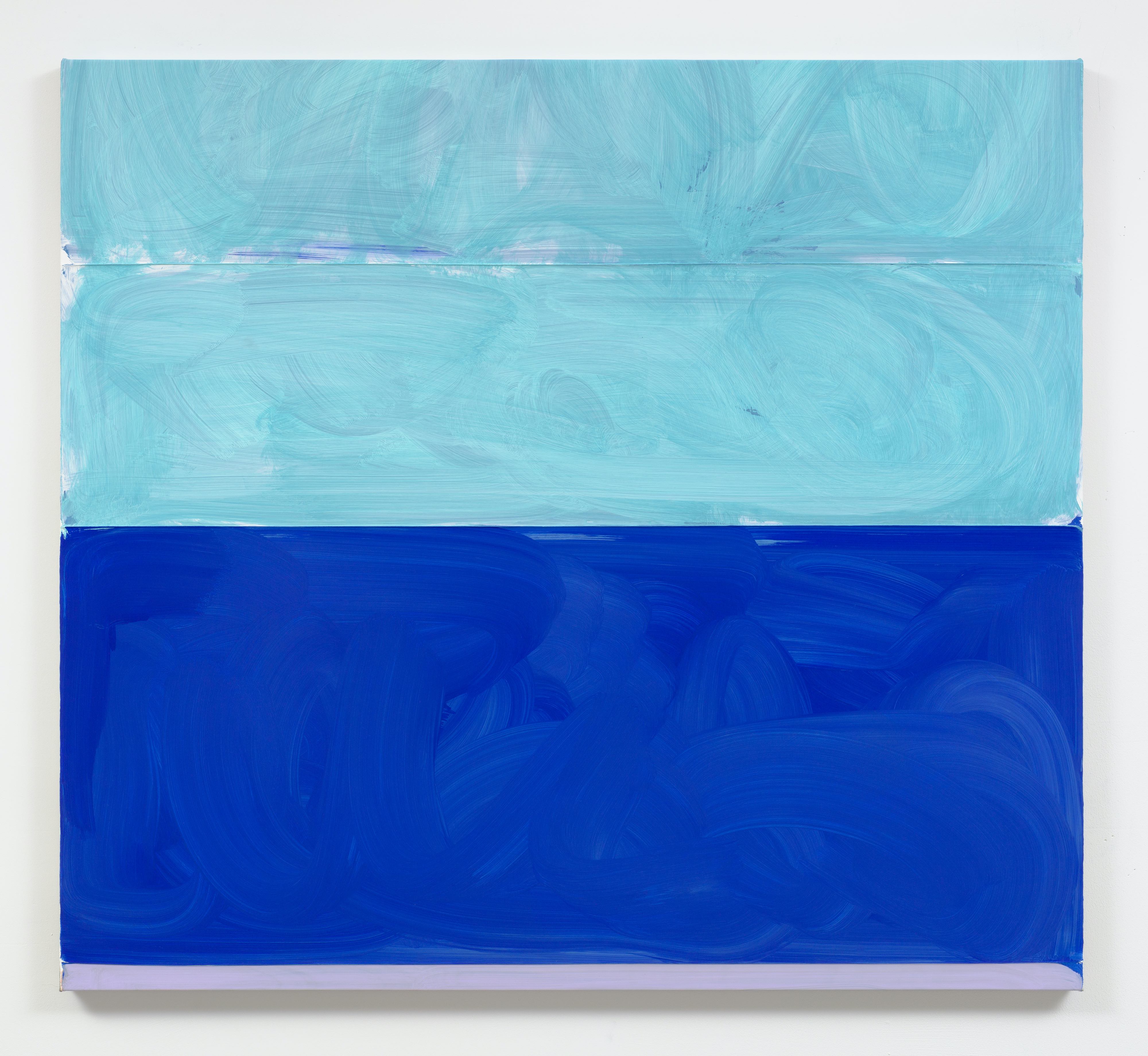 Julia Rommel, Zanzibar, 2022, Oil on linen, 48h x 52w in.
Julia Rommel, Zanzibar, 2022, Oil on linen, 48h x 52w in.
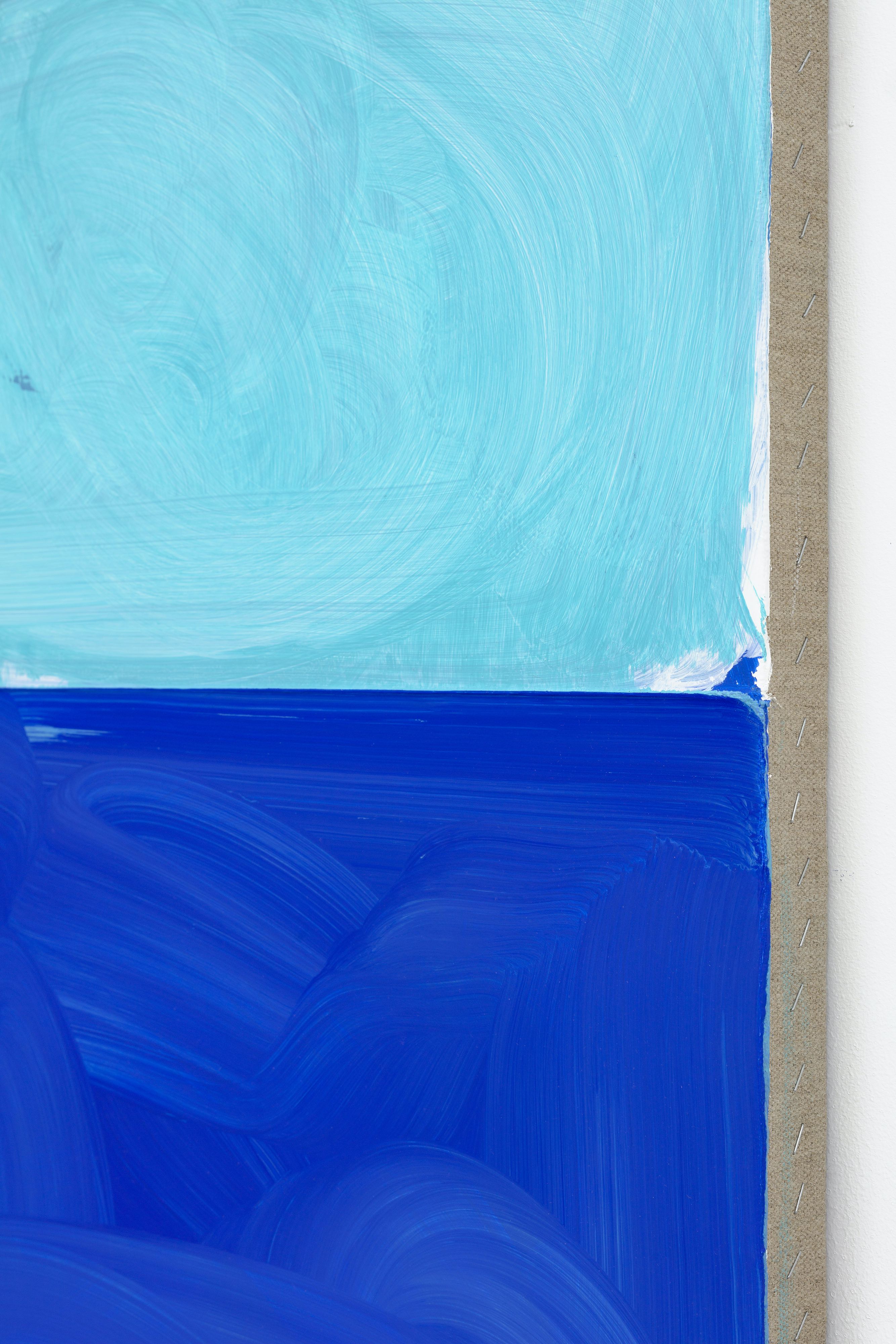 Julia Rommel, Zanzibar, 2022, Detail View
Julia Rommel, Zanzibar, 2022, Detail View
I Live in a Box of Paints (I'm Drawn to Those Ones that Ain't Afraid), 2023, Installation View
Noelle Africh, Poor Grid, Green Plume, 2022, Distemper on panel, 14h x 11w in.
Roshini Agarwal, Untitled, 2022, Cassein on panel, 8h x 8w in.
I Live in a Box of Paints (I'm Drawn to Those Ones that Ain't Afraid), 2023, Installation View
Roshini Agarwal, Nearest Tenth, 2022, Distemper and silverpoint on panel, 36h x 36w in.
Roshini Agarwal, Nearest Tenth, 2022, Detail View
Carrie Yamaoka, 14.125 by 11.625 (#24), 2021, Cast flexible urethane resin, relfective
polyester film, and powdered pigment, 14 1/8h x 11 5/8w in.
Carrie Yamaoka, 14.125 by 11.625 (#24), 2021, Alternate View
I Live in a Box of Paints (I'm Drawn to Those Ones that Ain't Afraid), 2023, Installation View
I Live in a Box of Paints (I'm Drawn to Those Ones that Ain't Afraid), 2023, Installation View
Carrie Yamaoka, 10 by 8 (wall #3), 2021, Relfective polyester film, urethane resin,
acrylic paint, and mixed media on wood panel, 10h x 8w x 1d in.
Carrie Yamaoka, 10 by 8 (wall #3), 2021, Alternate View
Noelle Africh, Gyre, 2022, Wall spackle, graphite, and colored pencil on panel,
60h x 48w in.
Noelle Africh, Gyre, 2022, Detail View
I Live in a Box of Paints (I'm Drawn to Those Ones that Ain't Afraid), 2023, Installation View
I Live in a Box of Paints (I'm Drawn to Those Ones that Ain't Afraid), 2023, Installation View
Jared Packard, broken/reassembled #3, 2022, Oil, acrylic, spray paint, and stitching on raw
canvas, 20h x 16w in.
Jared Packard, broken/reassembled #2, 2022, Oil, acrylic, spray paint, and stitching on raw
canvas, 20h x 16w in.
Jared Packard, broken/reassembled #5, 2022, Oil, acrylic, spray paint, and stitching on raw
canvas, 20h x 16w in.
I Live in a Box of Paints (I'm Drawn to Those Ones that Ain't Afraid), 2023, Installation View
Roshini Agarwal, Fifth Postulate, 2022, Distemper and silverpoint on panel, 24h x 24w in.
Roshini Agarwal, Fifth Postulate, 2022, Detail View
I Live in a Box of Paints (I'm Drawn to Those Ones that Ain't Afraid), 2023, Installation View
I Live in a Box of Paints (I'm Drawn to Those Ones that Ain't Afraid), 2023, Installation View
Suzanne McClelland, Oprah, 2003, Mixed media on canvas, 48h x 40w in.
Suzanne McClelland, Oprah, 2003, Detail View
Suzanne McClelland, Oprah, 2003, Detail View
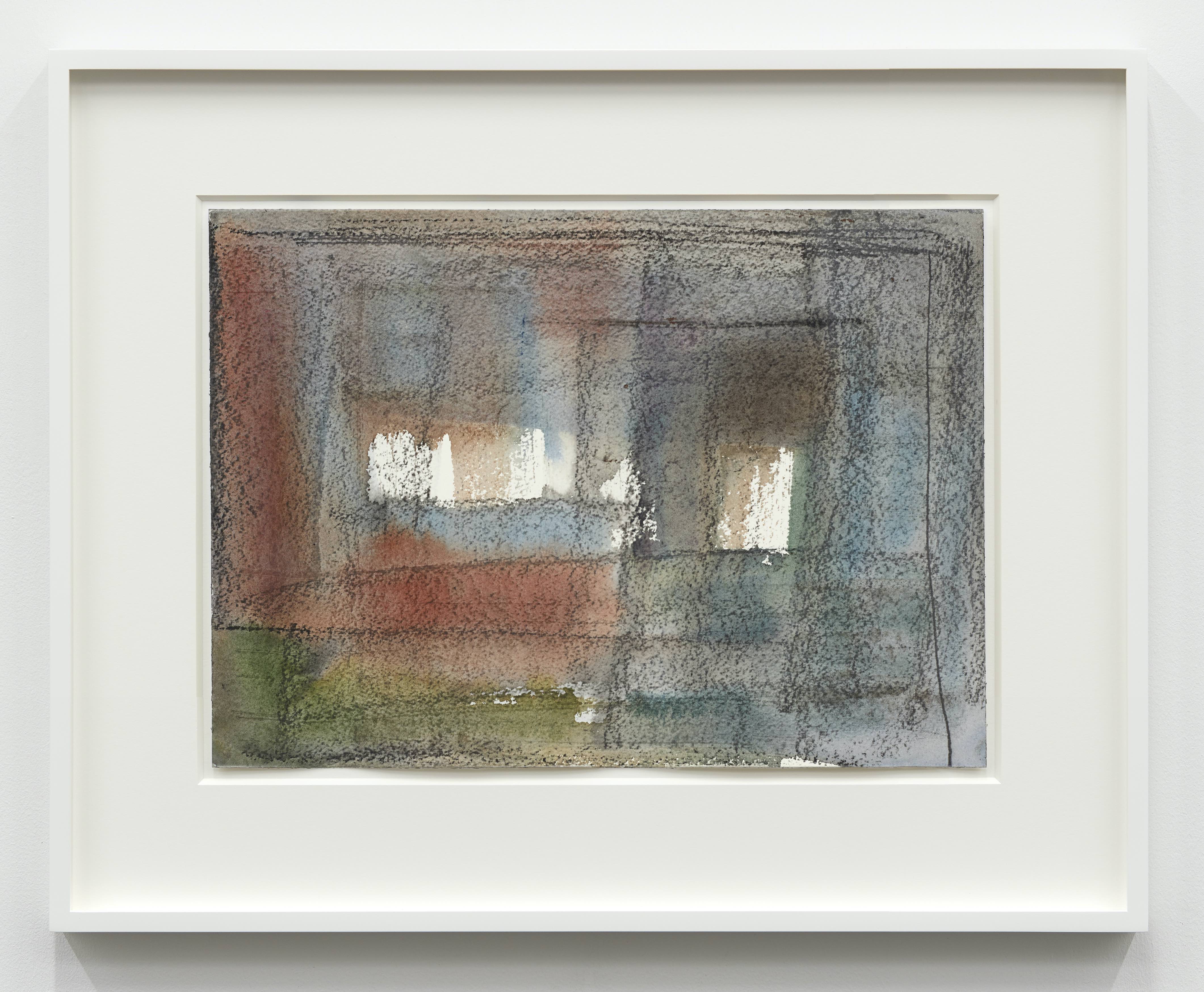 Louise Fishman, Untitled, 2020, Watercolor and Sumi ink on paper, 10 1/4h x 14 1/8w in. (artwork) / 15 1/2h x 19 1/2w in. (framed)
Louise Fishman, Untitled, 2020, Watercolor and Sumi ink on paper, 10 1/4h x 14 1/8w in. (artwork) / 15 1/2h x 19 1/2w in. (framed)
I Live in a Box of Paints (I'm Drawn to Those Ones that Ain't Afraid), 2023, Installation View
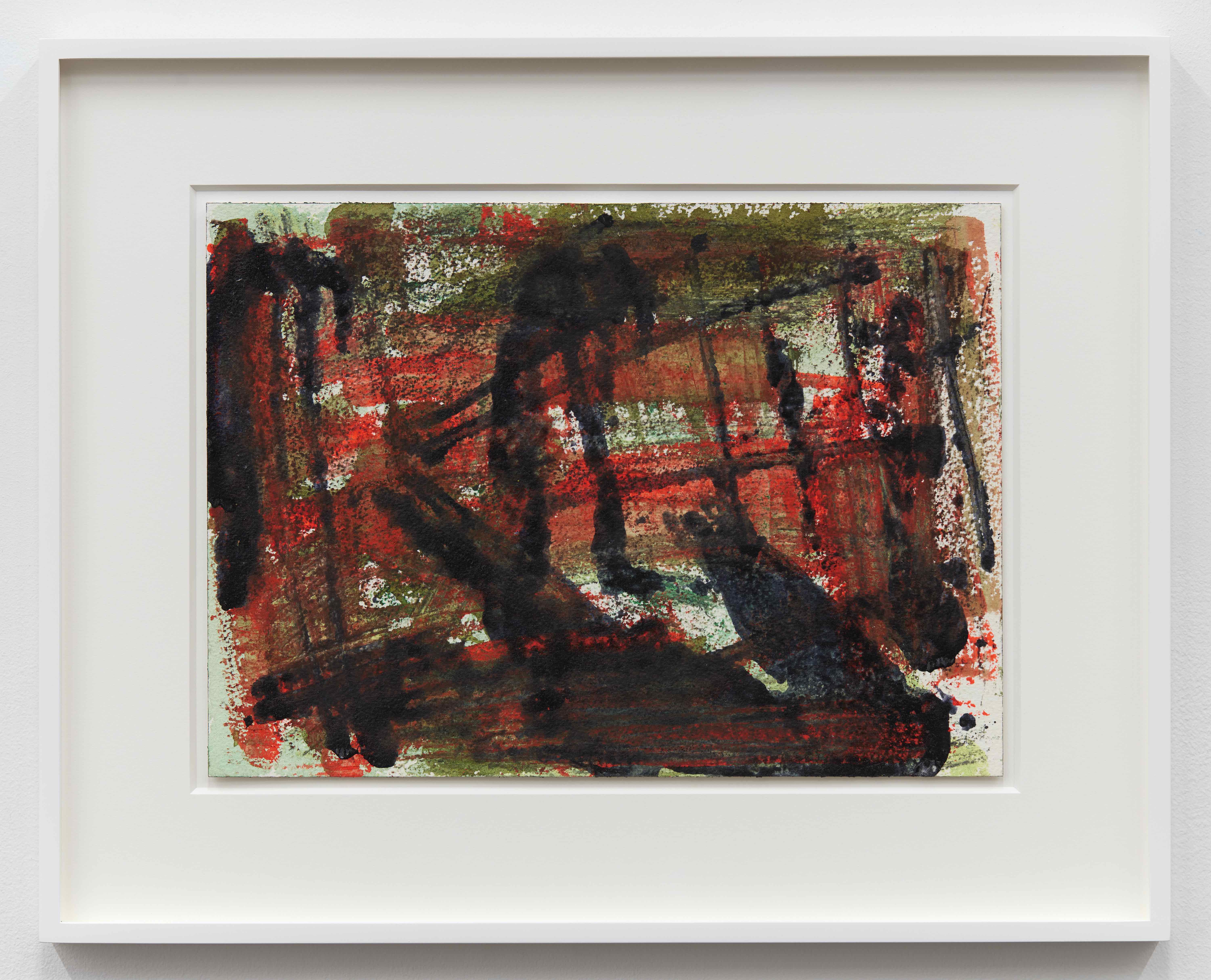 Louise Fishman, Untitled, 2021, Watercolor, glue, and coffee ground on paper,
10 1/4h x 14w in. (artwork) / 16h x 20w in. (framed)
Louise Fishman, Untitled, 2021, Watercolor, glue, and coffee ground on paper,
10 1/4h x 14w in. (artwork) / 16h x 20w in. (framed)
Noelle Africh, Untitled, 2022, Distemper, federal income tax safe, 4h x 16w x 12d in.